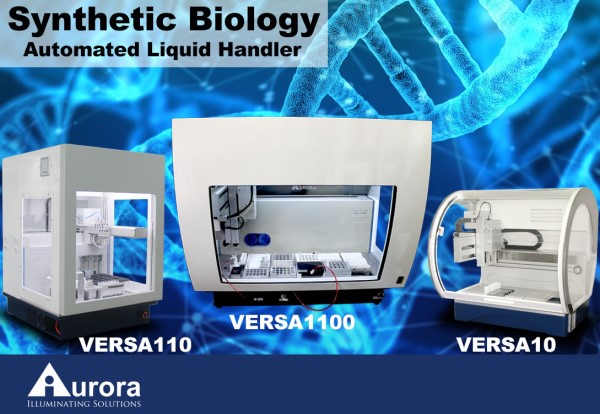Synthetic Biology: Using genetic engineering methods to create organisms that produce valuable materials or services.
Short enough to tweet.
In the past humans have selected organisms to cultivate to produce useful materials. We bred sheep, cows, pigs, goats, and chickens. We grew corn, wheat, rice, and potatoes. Each of these had a wild ancestor. We saw that the wild ancestor could be valuable to humans and then used a genetic engineering technology called breeding, increasing the production of the wanted goods.
Rhino Horn without the Rhino
Now we can do genetic engineering in a lab, able to identify a gene responsible for the desired trait and insert it into an organism. For example, the rhino horn is one of the most valuable materials on the plant. Illegal poaching of rhinos is driving them to extinction and driving up the price making poaching more lucrative. A bad cycle for rhinos to be in. The protein that creates the rhino horn is keratin, the same protein that makes up your hair. A startup called Pembient took the keratin gene in rhinos and inserted it into yeast. They then grow yeast in vats and harvest the protein. You now can get a rhino horn without the rhino.
Meat without the Animal
Another synthetic biology innovation is cultured meat. Cultured meat is the process of taking a few cells from an animal and then growing these cells in a vat. What humans eat as meat is the animal’s muscles. Some growth chambers move and stretch the cells to mimic an animal walking and moving. Current leaders of culture meat include: Upside Foods (formally Memphis Meats), an early leader that currently produces different types of synthetic meat, Wildtype Foods which creates synthetic salmon, and Mosa Meat based in the Netherlands.
Bacteria Eating Cancerous Tumors
Some bacteria will eat tumors, selecting to choose cancerous cells over healthy cells. Systems are being developed to increase their efficiency. Light-sensitive genes can be inserted into these bacteria to help direct these bacteria by shining light on tumors.
Creating Human Organs
There is a long waiting list of people that need organs. Some die before being able to receive their needed organ. What if we could grow or print a new organ? Growing and printing organs have an advantage over organ donation, the DNA is the same. In organ donations, unless the donor is an identical twin of the person receiving the organ the two people will have different DNA. This difference in DNA can cause complications. Sometimes the person receiving the organ rejects it, their immune system detects a foreign object and starts attacking it. This is a problem if the organ is essential.
Organs can be grown in other animals. Pigs have been proposed. A person’s DNA is injected into human stem cells and then grown inside a pig. The pig grows the needed organ. When the organ is fully grown and ready the pig is killed and the organ is harvested, then transplanted into the human. In the future, there might be whole farms of pigs growing organs. Many people debate the ethics of growing organs in pigs. What if pigs become more human? Is it cruel to grow pigs just for organs? These are great questions and future laws will likely cover this topic. Maybe you will help shape the discussion of bioethics.
Orangs can be 3D printed. An organ is complex. The function of an organ is both the make-up of cells and it’s shape. Making small changes such as the spacing between cells can completely change an organ. But where do you get these cells to place in the first place? Back to growing cells in a vat. First scientists grow the needed organ cells in a vat. Then the cells are placed (3D printed) into the correct structure. No pigs are harmed in this process.
You can get involved with synthetic biology
Synthetic biology is all about solving big problems. Shortage of human organs, poaching of endangered species, animals suffering in factory farms, these are big problems. You could start the next company that solves a difficult problem. You could create a new technique that wins a Nobel Peace Prize. But where do you start? If you are a currently a student, then iGem is the place to start. What is iGem? It is an international synthetic biology competition. Students compete to create the best solution using methods in genetic engineering, molecular biology, and biotechnology.
Did you already graduate? Start a company. Yes, the majority of startups fail within their first two years because they run out of money. However, you can reduce your risk with the right resources. Incubators such as Forest City Synbio can provide lab space, so you don’t need to rent out a huge space. Connect with mentors on Angle List or on LinkedIn. Getting the right resources when starting a company is critical. Look for constant feedback and make sure you are solving a real problem.
Automated Liquid Handlers
Do you want to learn how automated liquid handlers are being used in Synthetic Biology?



